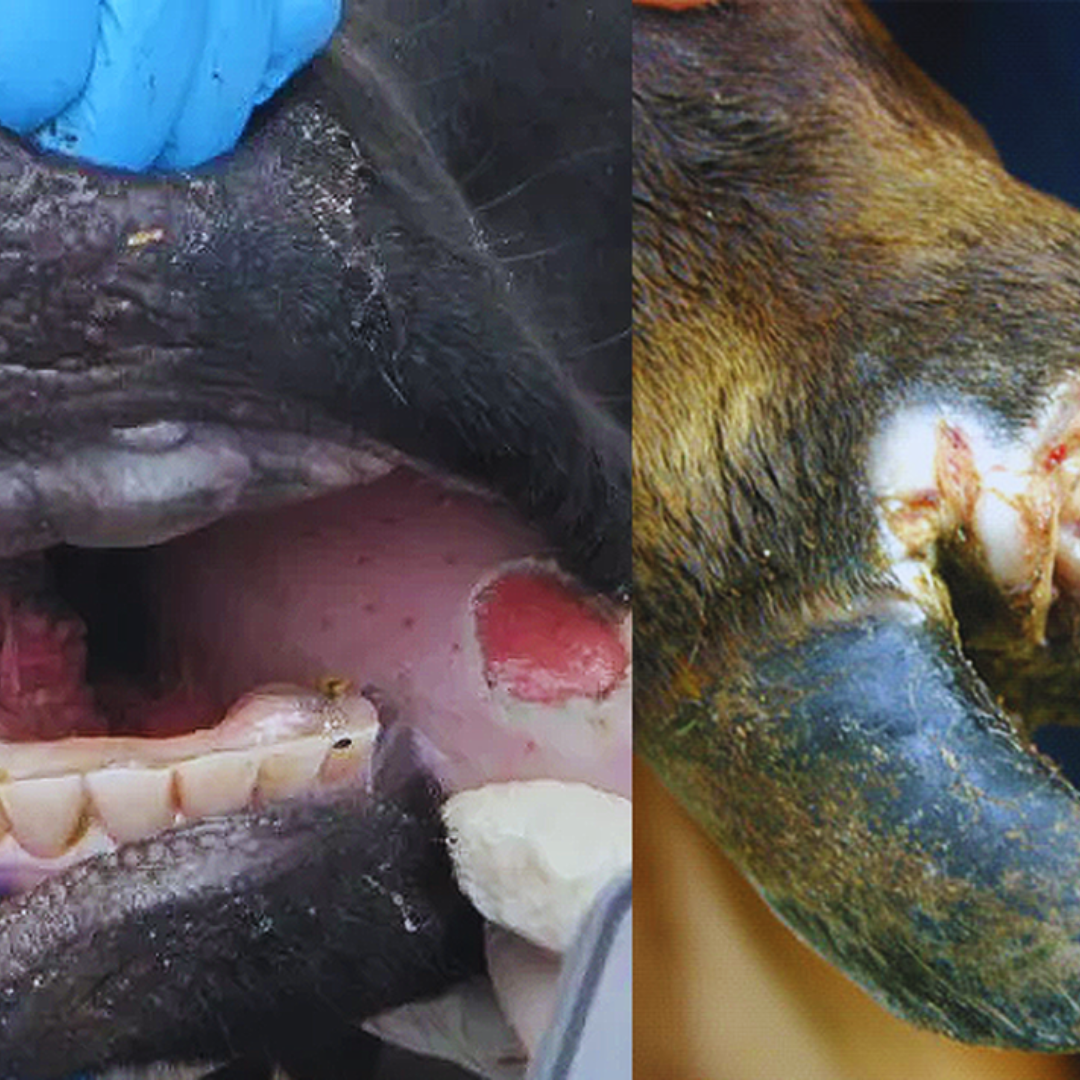
Foot and Mouth Disease
Responding to Farmers: Foot and Mouth Disease and How to Manage It
Foot and Mouth Disease (FMD) is one of the most contagious viral diseases affecting cloven-hoofed animals, including cattle, sheep, goats, and pigs. Outbreaks can spread rapidly, causing severe economic losses due to reduced milk and meat production, lameness, and high morbidity in herds. Farmers often face sudden outbreaks and need clear, practical guidance to detect and manage the disease effectively.
Symptoms to Watch For
Farmers should observe animals carefully for early signs:
-
Sudden fever, weakness, and loss of appetite
-
Formation of painful blisters in the mouth, tongue, lips, and nose
-
Blisters on hooves that lead to lameness and difficulty walking
-
Excessive drooling or frothing at the mouth
-
Reduced milk production and weight loss
-
In severe cases, animals may become depressed and isolate themselves
Treatment and Care
FMD has no specific cure, so management focuses on supportive care:
-
Isolation: Immediately separate infected animals to prevent herd-wide spread
-
Nutrition and hydration: Ensure animals have access to clean water and high-quality feed
-
Veterinary care: Treat secondary infections and monitor overall health
-
Vaccination: Use vaccines in high-risk areas as advised by a veterinarian
Prevention and Farmer Tips
Preventing FMD is critical to protecting livestock and livelihoods:
-
Enforce strict biosecurity measures: disinfect tools, footwear, vehicles, and animal housing
-
Limit animal movement during outbreaks and avoid contact with potentially infected herds
-
Conduct daily health checks to detect early symptoms
-
Implement regular vaccination schedules according to veterinary recommendations
-
Educate farm workers on hygiene practices and prompt reporting of suspected cases
Early recognition, rapid isolation, and veterinary support are key to controlling Foot and Mouth Disease. Farmers who detect even mild symptoms should act immediately to prevent serious losses.